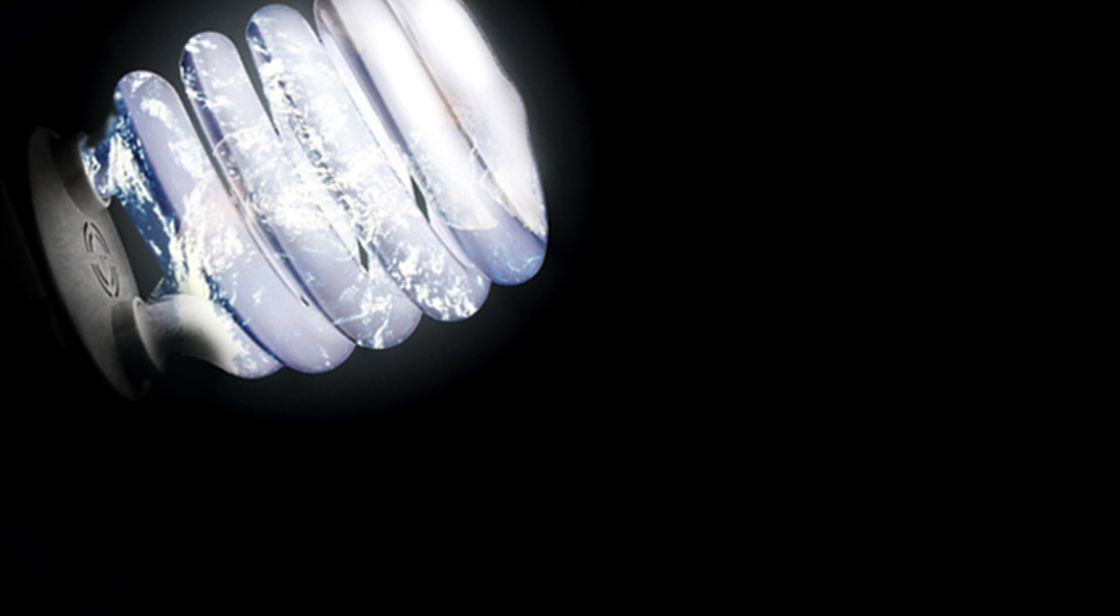KSS is designing a new 200,000 square foot distribution center for Somerset Tire Service (STS) located in Bridgewater Township, NJ. As with every KSS project, sustainability has been a priority throughout the process, but as attention shifts to choosing the most suitable source of lighting for the warehouse, the need to understand energy efficiency is stronger. Although sustainable lighting uses less energy, does it fulfill functional requirements?
STS asked KSS and their consultants whether to keep their conventional metal-halide lighting system or switch to 4-lamp or 6-lamp high-bay fluorescent lighting fixtures. The advantage of metal-halide lighting is its higher light output–however, the lights take longer to start and shut off, lack dimming and occupancy sensor capabilities, and degrade in terms of lighting output relatively quickly with time. High-bay fluorescent lights are more energy efficient, have longer service life with occupancy sensors, and have higher lumen maintenance (output degrades slowly). So far it sounds like switching to high-bay fluorescent lighting is the obvious choice.
However, one more decision remains: T5HO high-bay fluorescent lighting fixtures, which consist of narrow-diameter fluorescent tubes that generate high-output T5 light, are available in two configurations: 6-lamp and 4-lamp. In general, the 6-lamp option provides the best illumination output over both the metal-halide and the 4-lamp option, but the 4-lamp fixture offers the highest annual energy savings. By choosing 6-lamp high-bay fluorescent lighting over metal-halide lighting, STS would use 88,282 less kWh (kilowatt-hour) and save $11,475 per year. If they choose the 4-lamp option, they would use 147,000 less kWh and save $19,109 per year. However, the cost to install the additional 4-lamp fixtures to achieve the equivalent lighting level as the 6-lamp fixtures extends the payback period.
In the end, because 6-lamp high-bay fluorescent lighting provides the best illumination with a quicker payback period and fewer light fixtures to maintain (522 fixtures versus 715 for the 4-lamp option), the team decided to go with this option.
Choosing sustainable lighting can be both energy efficient and cost effective. From an energy standpoint, metal-halide lights are extremely inefficient, consuming more kWh than both 4-lamp and 6-lamp high-bay lighting fixtures. From a utility cost standpoint, STS can save tens of thousands of dollars a year by switching to high-bay fluorescent lighting. In this case, the choice is obvious. High-bay fluorescent lighting is the smart and environmentally responsible choice.
Energy modeling and analysis courtesy of The Rock Brook Consulting Group. Click here to view the complete results of the lighting analysis.

